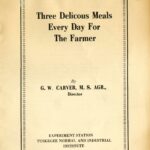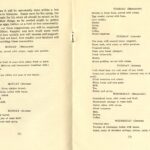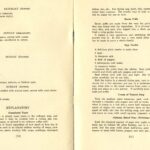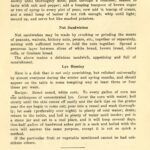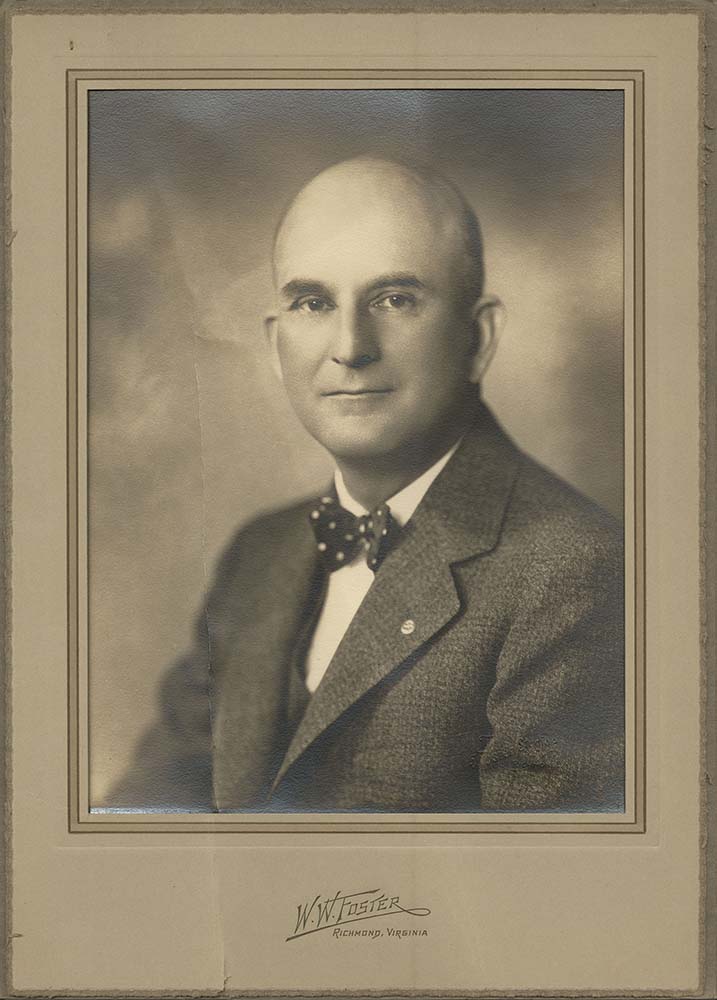
Recently, Special Collections received a new collection, the John R. Hutcheson Family Collection, containing letters, newspaper clippings, photographs, and more documenting the life of Virginia Tech president John R. Hutcheson.
Although only president of Virginia Polytechnic Institute (VPI, as Virginia Tech was then known) for two years from 1945 to 1947, John Redd Hutcheson (1886-1962) devoted himself to serving his alma mater and the people of Virginia. He enrolled at VPI in 1903 at the behest of his brother Tom. In order to pay for college, the brothers lived in the dairy barn on the college farm, where they milked 17 cows a night for 8 cents an hour each (roughly $2.15 an hour in 2015!) After saving his earnings, Hutcheson moved into the barracks and then waited tables in the school dining hall. He received a bachelor’s degree in 1907 and master’s in 1909.
Following several years teaching high school in Virginia and Mississippi, Hutcheson received a letter from Joseph D. Eggleston, VPI president and director of the Virginia Agricultural Extension Service (now Virginia Cooperative Extension), urging Hutcheson to join his staff. He accepted, becoming an animal husbandry specialist in 1914. In 1917, Hutcheson was appointed assistant director and two years later succeeded Eggleston as director of the Extension. Over the next 25 years, Hutcheson helped to organize the Virginia Farm Bureau and Virginia Agricultural Conference Board, to reestablish the Virginia State Grange, and to develop a long-range program for developing the state’s agriculture. All of his work developing the farm and home demonstration program in Virginia earned Hutcheson an honorary doctorate from Clemson University in 1937, along with his brother Tom, VPI professor T.B. Hutcheson.
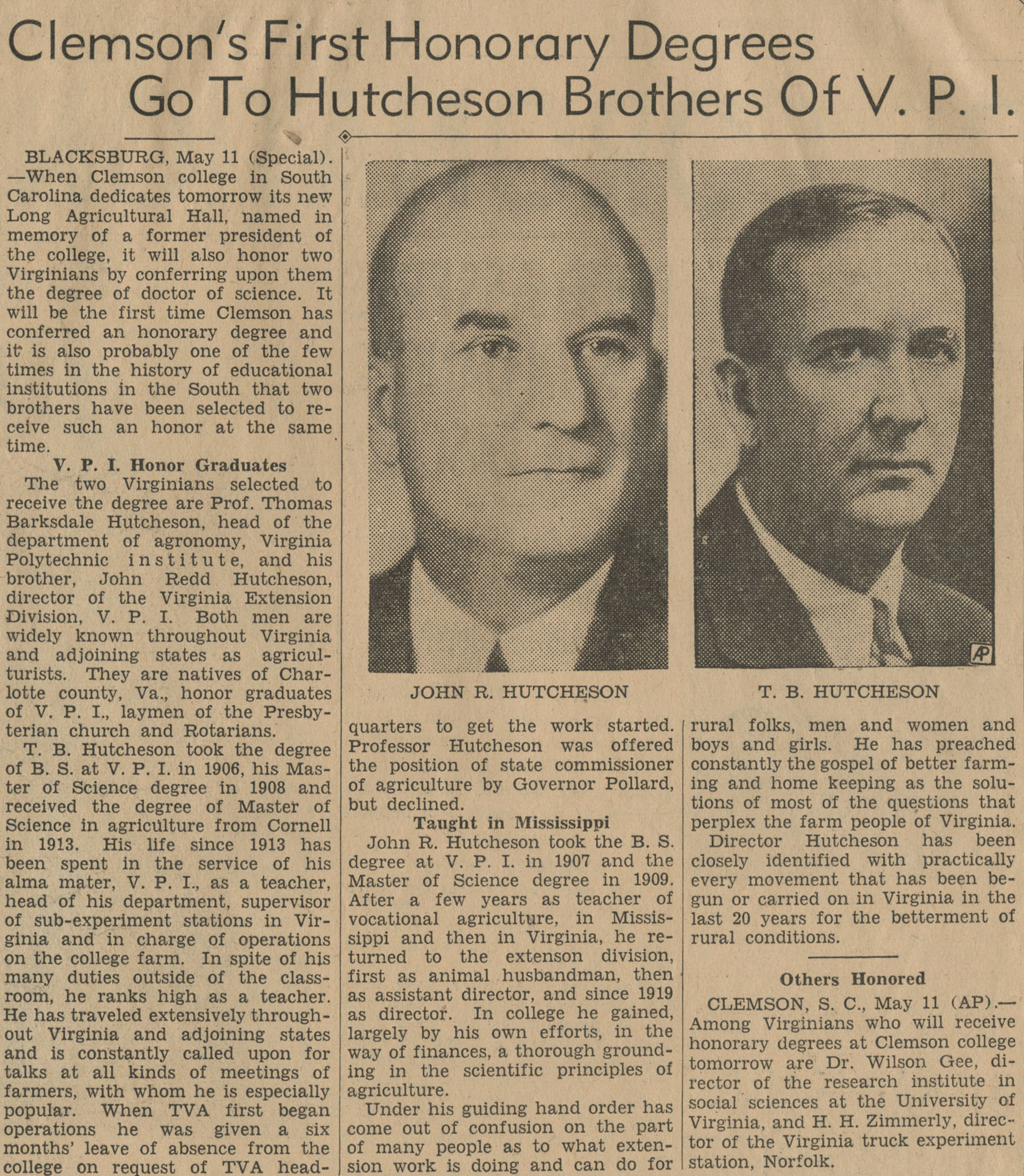
In 1944, the Board of Visitors appointed Dr. Jack (as Hutcheson was affectionately known) acting president of VPI, and the next year he succeeded Dr. Julian A. Burruss as the ninth president. During his tenure, the student population swelled following the end of World War II, and he was responsible for making accommodations for the new civilian population (made up almost entirely of veterans), who outnumbered the cadet students for the first time in VPI’s history. Temporary trailer courts were established on campus to house the veterans, and Dr. Jack would personally visit them to ensure they had fuel for their homes.
!["Dr. John R. Hutcheson Named President of Virginia [Polytechnic Institute]"](https://scuablog.lib.vt.edu/wp-content/uploads/2015/02/hutcheson_president.jpg?w=300)
The enormity of his duties necessitated the creation new executive positions during Dr. Hutcheson’s presidency. He created the office of admissions, director of student affairs, director of buildings and grounds, and a university business manager position. The Board of Visitors, at Dr. Jack’s suggestion, appointed Walter S. Newman as the university’s first vice president – all within two years!
![Page 2 of obituary for John R. Hutcheson, [January 1962], from the John R. Hutcheson Family Collection, Ms2015-001](https://scuablog.lib.vt.edu/wp-content/uploads/2015/02/hutcheson_obit_02.jpg?w=56)

The legacy of Dr. Hutcheson’s tenure at Virginia Tech is still visible today from the continuing work of the Virginia Cooperative Extension to the numerous offices he created still operating. And of course, you can visit Hutcheson Hall on the Blacksburg Campus, dedicated to John R. and T. B. Hutcheson in 1956.
Look for the completed finding aid in the next week for the John R. Hutcheson Family Collection, Ms2015-001. In the meantime, you can find out more about Dr. Jack in the John Redd Hutcheson Papers, RG 2/9 and Edgemont Farm Papers, Ms2003-022, documenting the administration of the Hutcheson family farm.
(This post was updated Jan. 12, 2021, with a link to John R. Hutcheson Family Collection, Ms2015-001.)
